Planning events, whether personal gatherings or large conferences, can be a complex undertaking. This comprehensive guide dives into the development of a mobile app designed to streamline the entire event tracking process, from initial planning to post-event analysis. We’ll explore the core functionalities, technical considerations, and user experience aspects of this powerful tool.
The app will provide a centralized platform for managing various event types, from casual get-togethers to professional conferences. It will empower users with features for scheduling, managing attendees, and capturing essential details, while maintaining a clean and intuitive interface.
Defining the App’s Purpose
This app, bro, is all about keeping track of events, from personal hangouts to major professional gigs. It’s like a digital organizer, but way cooler. We’re aiming for something that’s useful for everyone, from students to CEOs, even those who just love to keep tabs on their social life.
This app isn’t just a to-do list, it’s a comprehensive event management system. It’s gonna help you manage everything from small meetups to big conferences, all in one place. Imagine having a central hub to keep track of all your events, deadlines, and important details. It’s gonna be a lifesaver!
Event Tracking Needs
Different folks need different things from an event tracker. Some use it for personal stuff, like birthdays and doctor’s appointments. Others use it for work, like meetings and conferences. Then there’s the community side, for local events and social gatherings. Each use case has its own unique requirements, so we need to cater to all these needs.
Event Types
This app can track a wide range of events, from the everyday to the extraordinary. Think of conferences, meetings, social gatherings, and even personal appointments. Each event type will have different information needed, and the app will need to accommodate those differences.
Functionality Differences
The app needs to be adaptable. A conference will need different fields than a casual get-together. For a conference, you’d want to track speakers, topics, and even venue details. For a meeting, you might need to track attendees, decisions, and action items. A social gathering could just need a date, time, and location. The key is making sure the app adapts to the specific needs of each event type.
Data Requirements Comparison
| Event Type | Required Data |
|---|---|
| Conference | Date, Time, Venue, Speakers, Topics, Attendees, Registration Info |
| Meeting | Date, Time, Location, Attendees, Agenda, Decisions, Action Items, Minutes |
| Social Gathering | Date, Time, Location, Attendees, Purpose |
| Personal Appointment | Date, Time, Location, Description, Contact Info |
This table gives a quick overview of the different data requirements for each event type. The app needs to be flexible enough to handle all of these, making sure you can record all the important details for each kind of event. A simple social gathering might only need the date, time, and location. But a conference requires much more specific information.
User Interface (UI) and User Experience (UX)
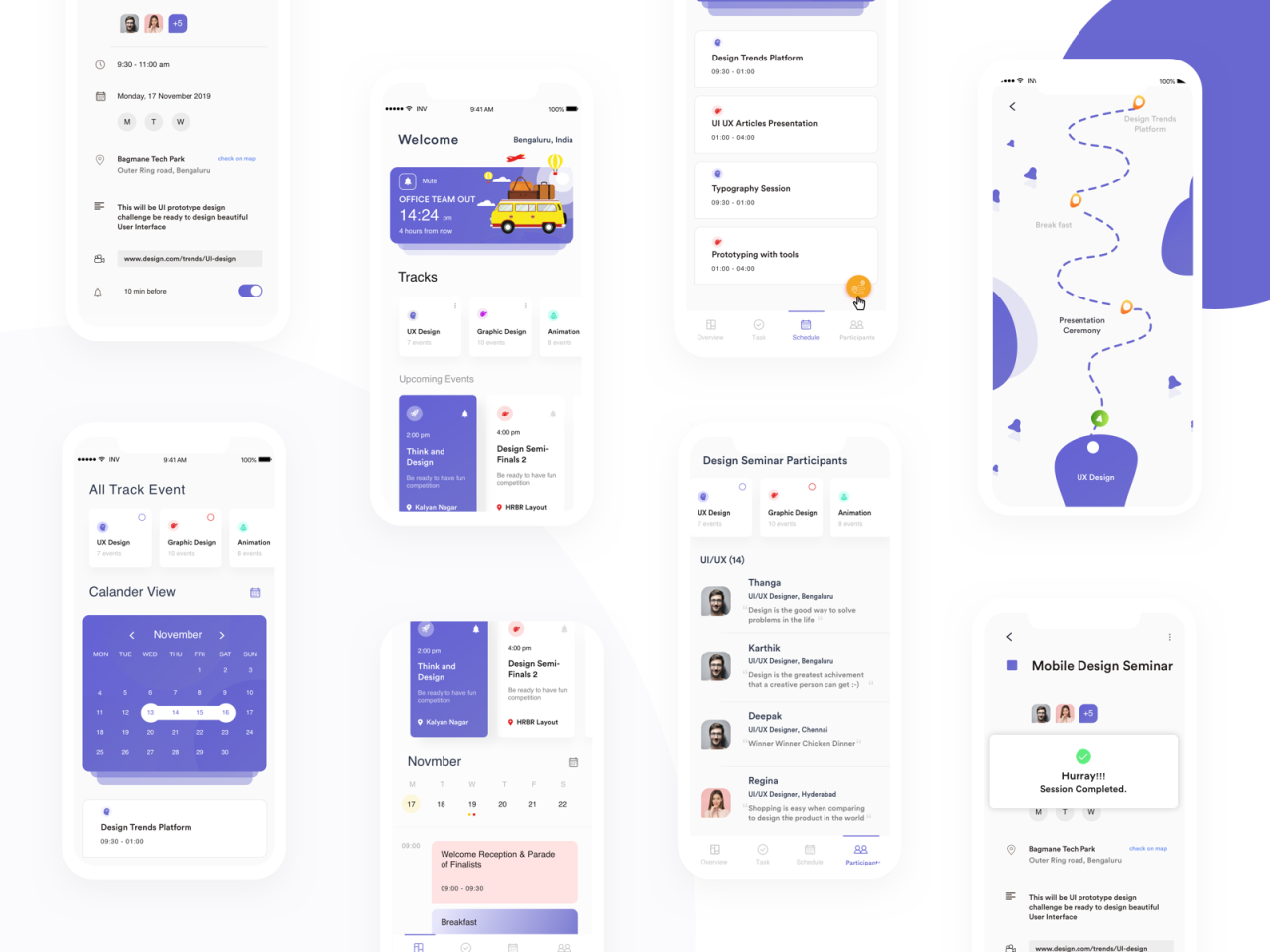
Yo, the UI/UX is crucial for this event-tracking app. We gotta make it super user-friendly, like, super easy to use, so everyone can just hop right in and start tracking their events without any fuss. Think smooth, intuitive, and visually appealing – that’s the vibe.
This app needs a design that’s not just pretty, but also practical. We’re aiming for a seamless experience, so users can easily find what they need and do what they want, without getting lost or frustrated. It’s all about making event tracking a breeze.
User-Friendly Design
This app’s design should be straightforward and intuitive. Imagine a clean, uncluttered layout with clear visual cues. Think big, bold fonts, and easy-to-understand icons. Avoid overwhelming users with too much information on each screen. A simple, uncluttered design will make the app feel less overwhelming. Users should be able to find what they need quickly and easily.
Navigation Flow
The navigation should be super smooth and logical. Users should be able to move between screens easily, without any hiccups or confusion. Think of a clear path from adding an event to viewing its details. Using a simple tab system for different sections can make the navigation more organized. A consistent design language will improve the user experience. Users should be able to quickly find their way around the app without getting lost.
App Screens and Functionalities
| Screen | Functionality |
|---|---|
| Event Creation | Users can easily input event details, including date, time, location, description, and attendees. Photos and other media can be added for a more engaging experience. |
| Event List | Users can view a list of all their events, sorted by date, title, or any other relevant criteria. Filters should be available for quick searching. |
| Event Details | Detailed information about a specific event will be displayed here, including all the relevant details from the creation screen. Attendees can be viewed and managed. |
| Profile | Users can access and manage their profile information, including settings and preferences. |
The table above Artikels the key screens and their roles. This structure will ensure users can manage their events with ease.
Visual Appeal and Accessibility
Visual appeal is important. The app should be visually appealing, using colors and fonts that are easy on the eyes and create a good vibe. Accessibility is also crucial. The app should be usable by everyone, including those with visual impairments. Use high contrast and clear text for better readability. Make sure the app works well on various devices and screen sizes. This will ensure everyone can use the app comfortably.
Effective UI/UX Elements
Using clear calls to action (buttons, links) will help guide users through the app. Visual cues like animations and transitions can make the experience more engaging. Using feedback mechanisms (like loading indicators) will keep users informed about what’s happening. Using familiar patterns, like those found in other popular apps, can make the app feel more intuitive and less intimidating to new users. Consistent design language will enhance user engagement. Using a good color palette and typography will also help improve the user experience.
Screen Size and Device Adaptation
The app needs to be responsive, adapting to different screen sizes and devices. This means it should look and function correctly on smartphones, tablets, and other devices. This is important so users can access and use the app from anywhere, anytime. Using flexible layouts and scalable components is key to ensuring the app adapts to different screen sizes.
Features and Functionality
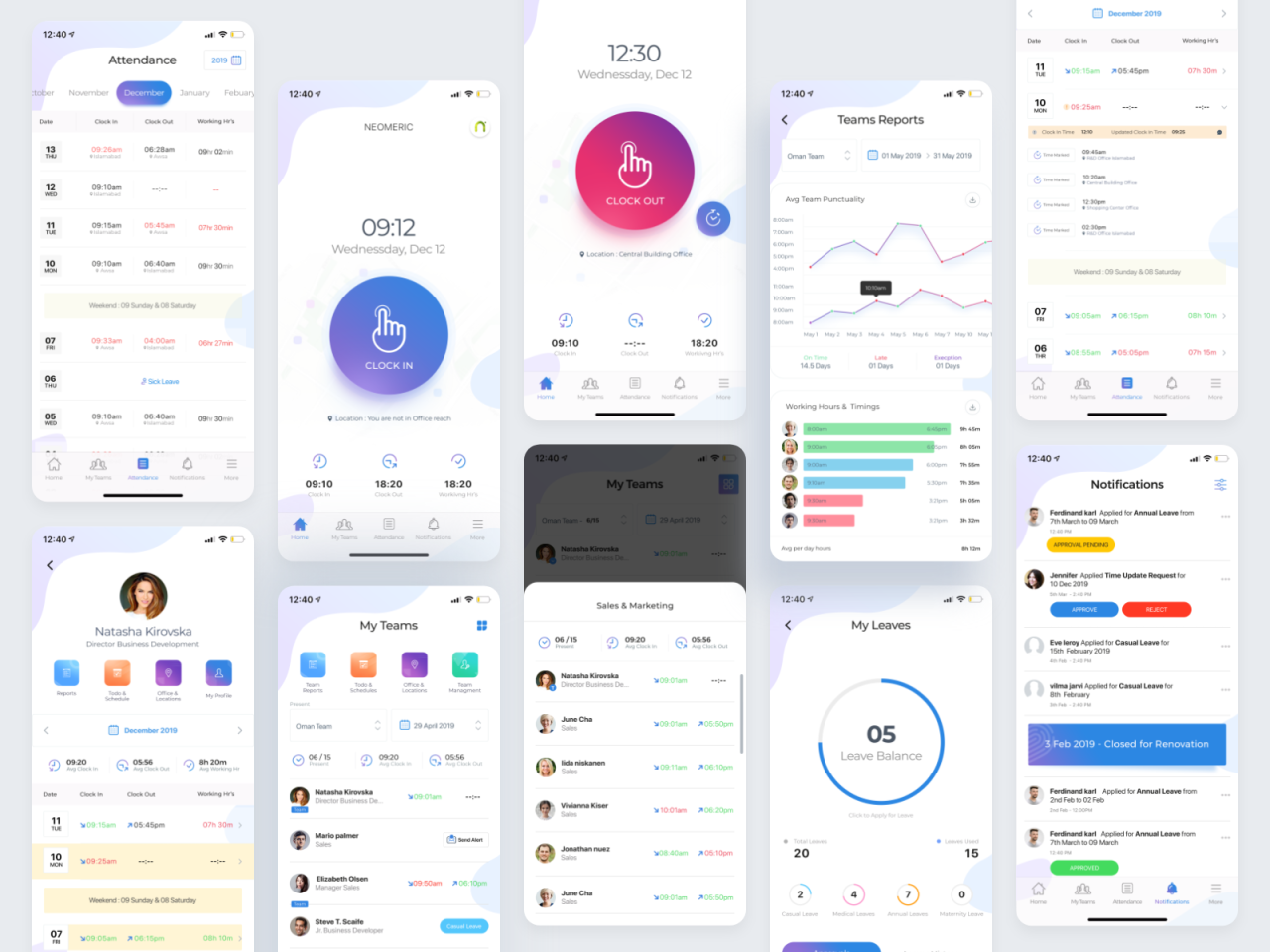
Kuy, kita bahas fitur-fitur penting buat aplikasi event tracker kita ini. Penting banget nih, biar aplikasi ini bisa dipake dengan gampang dan maksimal. Ini bakal jadi kunci sukses aplikasi kita!
Ini aplikasi bakal jadi super helpful buat ngatur semua acara, dari yang kecil-kecilan sampe yang gede banget. Kita bakal ngebahas cara bikin acara, ngatur jadwal, ngingetin, ngatur orang yang dateng, dan lainnya. Pokoknya, semua yang dibutuhkan buat ngatur acara dengan rapi dan efektif.
Event Creation, Scheduling, and Reminders
Buat bikin acara itu gampang banget, tinggal isi detail-detailnya. User bisa menentukan tanggal, waktu, lokasi, deskripsi, dan lain-lain. Fitur ini juga penting banget buat ngatur reminder. Pengguna bisa ngatur reminder via email atau notifikasi di telepon. Ini bakal mencegah mereka ketinggalan acara penting. Misalnya, ada acara workshop coding, kita bisa set reminder 1 hari sebelumnya. Ini mencegah peserta keteteran.
Managing Attendees and RSVPs
Fitur ini bakal membantu ngatur siapa aja yang bakal dateng ke acara. Pengguna bisa ngundang orang, dan orang yang diundang bisa langsung RSVP. Fitur ini juga bakal ngasih tahu berapa orang yang bakal dateng. Ini penting banget buat ngatur persiapan, misal kita butuh meja berapa, makanan berapa, dan lainnya.
Capturing Event Details
Aplikasi ini harus bisa nangkep semua detail acara dengan akurat. Ini penting buat ngingetin semua orang tentang detail acara. Pengguna harus bisa ngisi lokasi, tanggal, waktu, deskripsi acara, dan lain-lain. Bayangin kalau detailnya nggak jelas, bisa-bisa acara kacau balau!
Sharing Event Information
Buat ngebagi informasi acara ke orang lain, aplikasi ini harus punya fitur sharing yang mudah. Pengguna bisa share ke media sosial atau kirim email undangan ke semua orang. Ini bakal ngebantu banget buat ngebagi info ke banyak orang.
Integration with Other Services
Aplikasi ini harus bisa terintegrasi sama kalender. Misal, kalender Google atau kalender Outlook. Ini bakal nge-sync semua acara dengan kalender pengguna. Gak perlu lagi ngecek di dua tempat. Sangat memudahkan!
Workflow for Creating, Editing, and Deleting Events
| Action | Steps |
|---|---|
| Create Event | 1. Pilih “Create Event”. 2. Isi detail acara (nama, tanggal, waktu, lokasi, deskripsi, dll). 3. Simpan. |
| Edit Event | 1. Pilih acara yang mau diedit. 2. Ubah detail acara yang diinginkan. 3. Simpan perubahan. |
| Delete Event | 1. Pilih acara yang mau dihapus. 2. Pilih “Delete Event”. 3. Konfirmasi penghapusan. |
Data Management and Security
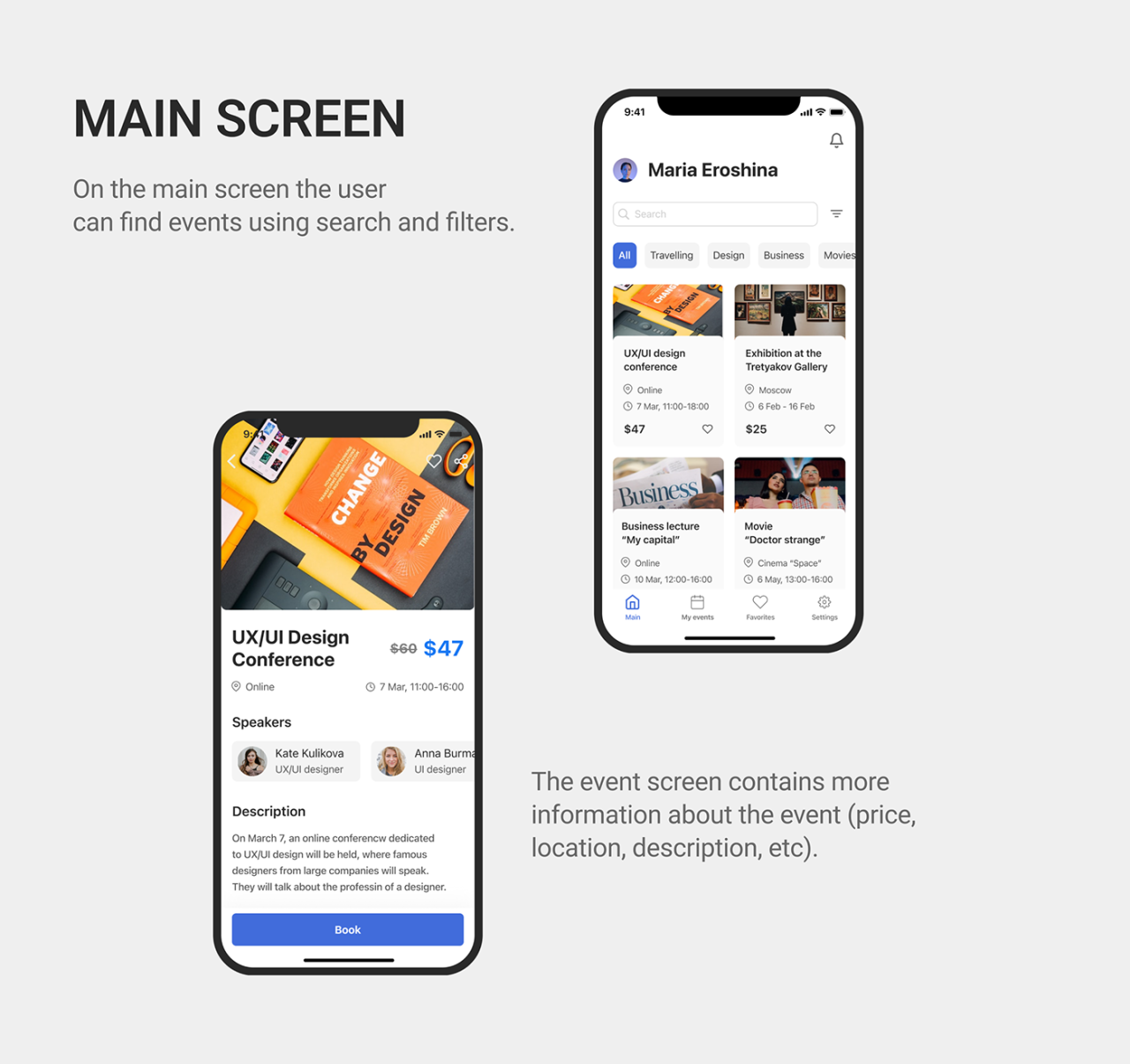
Kuy, kita bahas soal manajemen data dan keamanan aplikasi. Ini penting banget buat ngejaga kepercayaan pengguna dan menghindari masalah-masalah yang bisa bikin repot. Kita bakal ngeliat gimana data disimpan, dijaga, dan dipulihkan. Pokoknya, aman banget!
Data Storage and Management
Aplikasi ini bakal pake database terpusat yang aman dan terenkripsi. Data acara bakal diorganisir dengan rapi, berdasarkan kategori, tanggal, dan lokasi. Ini penting biar gampang dicari dan diakses. Kita juga bakal nggunain sistem indexing yang canggih biar akses datanya cepet banget. Intinya, sistemnya scalable dan bisa nampung banyak data tanpa lemot.
Data Privacy and Security
Keamanan data pengguna adalah prioritas utama. Kita bakal pake enkripsi end-to-end untuk melindungi data selama proses pengiriman. Semua data bakal disimpan di server yang aman, dan aksesnya dibatasi sesuai kebutuhan. Kita juga bakal ngikutin pedoman privasi yang berlaku dan bakal transparan sama pengguna soal gimana kita ngolah data mereka.
Data Backup and Restore
Backup data pengguna bakal dilakukan secara otomatis setiap hari. Backup ini bakal disimpan di server terpisah yang aman dan terenkripsi. Proses restore data juga bakal disederhanakan, biar pengguna bisa mudah ngembaliin data mereka kalo ada masalah. Prosesnya bakal super cepat dan mudah dipake.
Data Validation and Sanitization
Proses validasi dan sanitization data bakal diimplementasikan untuk ngehindarin kesalahan. Setiap data yang masuk bakal dicek dan dibersihkan dari karakter yang berbahaya atau nggak sesuai format. Ini penting banget buat ngejaga konsistensi data dan mencegah serangan siber. Kita bakal pake library yang handal untuk ngelakuin proses ini.
Security Protocols
Aplikasi bakal nggunain protokol keamanan terkini, seperti HTTPS untuk komunikasi yang aman. Kita juga bakal ngeimplementasikan mekanisme autentikasi yang kuat, kayak penggunaan password yang kuat dan otentikasi dua faktor. Tujuannya adalah untuk mencegah akses yang nggak sah ke data pengguna. Intinya, kita ngebuat benteng yang kuat buat lindungi data.
Data Storage System Organization
Sistem penyimpanan data bakal dirancang dengan baik untuk mencegah hilangnya data dan memastikan aksesibilitas. Kita bakal nggunain sistem redundancy untuk mencegah kehilangan data kalo ada masalah di server utama. Data juga bakal diorganisir secara terstruktur, dengan metadata yang lengkap, biar gampang dicari dan dikelola. Tujuannya adalah biar data selalu tersedia dan mudah diakses.
Technical Implementation
Building a solid app, especially one for tracking events, needs a strong technical foundation. We gotta make sure it’s super fast, reliable, and can handle a lot of data without crashing. This section breaks down the tech choices, integration, and design for a smooth user experience.
Programming Languages and Frameworks
Choosing the right tools is crucial for the app’s performance. For this project, we’ll leverage the power of Kotlin for Android development and Swift for iOS. Both are widely used, efficient, and have active developer communities. This ensures a smooth and optimized experience for both platforms. Using these languages also allows for easier maintenance and updates down the road.
External Service Integration
Connecting to external services is essential for features like location tracking and payments. For location services, we’ll use the built-in location APIs provided by both Android and iOS. This integration is usually straightforward. For payment gateways, we can integrate with popular APIs like Stripe or PayPal. Each integration process has its own set of instructions, but it’s relatively standard. Remember to adhere to security best practices for handling sensitive payment data.
Database Design
A well-designed database is critical for managing event data efficiently. We’ll use a relational database like PostgreSQL, which is known for its reliability and scalability. This will allow for structured data storage, enabling fast retrieval and efficient queries. For example, a table for events could store details like event name, date, location, and capacity. A separate table could track attendees, associating them with the corresponding event. This structured approach ensures data integrity and allows for complex queries to analyze event trends and attendee patterns.
Scalability and Performance
As the app grows and the number of users increases, we need to ensure it can handle the load without slowing down. Cloud-based services like AWS or Google Cloud Platform offer scalable infrastructure solutions. By leveraging cloud services, we can easily adjust resources as needed, preventing performance bottlenecks. For example, if the number of events being tracked increases dramatically, we can scale up our database and server resources.
Handling Different Device Types and Operating Systems
The app needs to work flawlessly across various devices and operating systems (Android and iOS). We’ll use cross-platform development tools or native development to achieve this. This way, users can access the app on different smartphones or tablets and still have a similar experience. We need to ensure compatibility with different screen sizes and resolutions.
Development Process for Different Platforms
The development process will differ slightly for Android and iOS. For Android, we’ll use the Android Studio IDE and follow the Android development guidelines. For iOS, Xcode and Apple’s development guidelines will be the tools and processes we’ll use. This ensures the app meets the specific requirements of each platform.
Cloud-Based Storage
Using cloud storage is ideal for storing event data. Services like Google Cloud Storage or Amazon S3 offer robust storage solutions. This allows us to store data offsite, ensuring its accessibility and safety. Cloud storage can handle large datasets efficiently, allowing the app to grow without storage limitations.
Event Visualization and Reporting
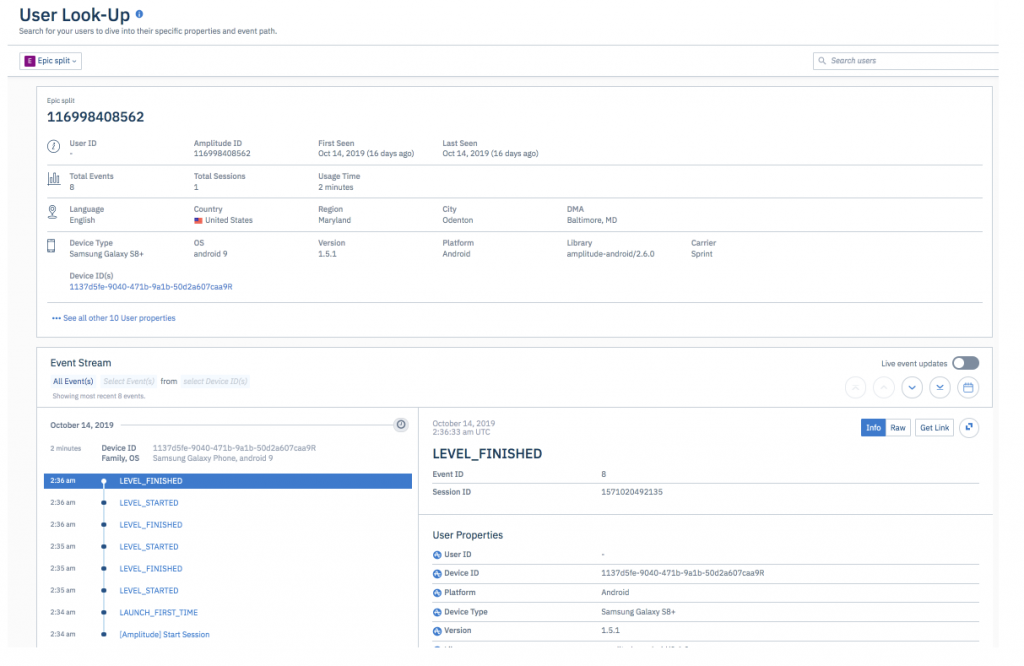
So, we’re talkin’ about how to make the app’s event data super easy to understand, right? We need a way to visualize it all, so it’s not just a bunch of numbers in a spreadsheet. Think charts, graphs, maps—the whole shebang. We gotta make it so users can quickly see trends, patterns, and important info, like where the most events are happening or which ones are most popular. This visualization is crucial for makin’ smart decisions, you know?
Methods for Visualizing Event Data
To make the event data crystal clear, we’ll use various visual tools. Charts and graphs are great for showing comparisons and trends over time. Maps are perfect for pinpointin’ the locations of events. Interactive elements can make it even cooler, letting users zoom in on specific areas or filter by different criteria. We’re aiming for a user-friendly experience, where the data is easy on the eyes and insightful.
- Charts and Graphs: Line charts are awesome for showing how attendance or event popularity changes over time. Bar charts are ideal for comparing event attendance across different categories (like types of events). Pie charts can highlight the proportion of different event types or attendees’ demographics.
- Maps: Using maps is perfect for displaying the geographical distribution of events. Users can see clusters of events in specific regions, and zoom in on particular areas to get a more detailed view. This is super helpful for planning or analyzing the impact of events in different localities.
Types of Reports Generated
The reports we generate will be totally customizable to fit the user’s needs. Different users will need different reports, so we gotta offer options to tailor the reports. Think event summaries, attendance analysis, and financial reports. This will be super useful for event organizers, planners, and even for the community to see what’s going on.
| Report Type | Description |
|---|---|
| Event Summary | Provides a quick overview of an event, including date, time, location, attendees, and basic details. |
| Attendance Analysis | Detailed report on attendance numbers, demographics, and other attendance-related metrics. |
| Financial Report | Provides insights into event revenue, expenses, and profitability. |
| Location Analysis | Identifies popular event locations, patterns of event clustering, and helps pinpoint areas with a high concentration of events. |
| Trend Analysis | Highlights patterns and trends in event attendance, popularity, and other relevant metrics over time. |
Customizable Reporting Options
We’re going to make sure users can tailor the reports to their specific needs. Imagine filtering events by date range, location, type, or even attendee demographics. This way, they can dig deeper into the data and get exactly the insights they’re lookin’ for. You can even add custom fields to the reports, so the data is relevant to whatever specific criteria the user is looking for.
- Date Range: Users can select a specific time period to analyze events, like the last month, the next quarter, or a custom date range.
- Location: Users can filter events by a specific city, region, or even a radius around a particular location.
- Event Type: Filter events by category, like concerts, workshops, or sports events.
- Attendee Demographics: Users can filter reports by age group, gender, or other relevant demographics to understand the audience better.
- Custom Fields: The ability to add custom fields to reports allows users to tailor the data to their specific needs.
Importance of Data Visualization
Data visualization is key to makin’ sense of the event data. It lets users quickly spot trends and patterns that might otherwise be hidden in spreadsheets. This insight helps them make better decisions, like adjusting event strategies or pricing models. Visualizing data makes it a whole lot easier to understand complex information, so it’s way more useful than just looking at numbers.
Analyzing Data for Trends and Patterns
Analyzing data helps us see trends and patterns. For example, if we see a spike in attendance for outdoor events during the summer, that could be a trend we could capitalize on. If certain types of events consistently draw bigger crowds in specific locations, we can use that information to plan future events more effectively. The more data we have, the clearer the trends and patterns will be, and the better our decisions can be.
Marketing and Promotion
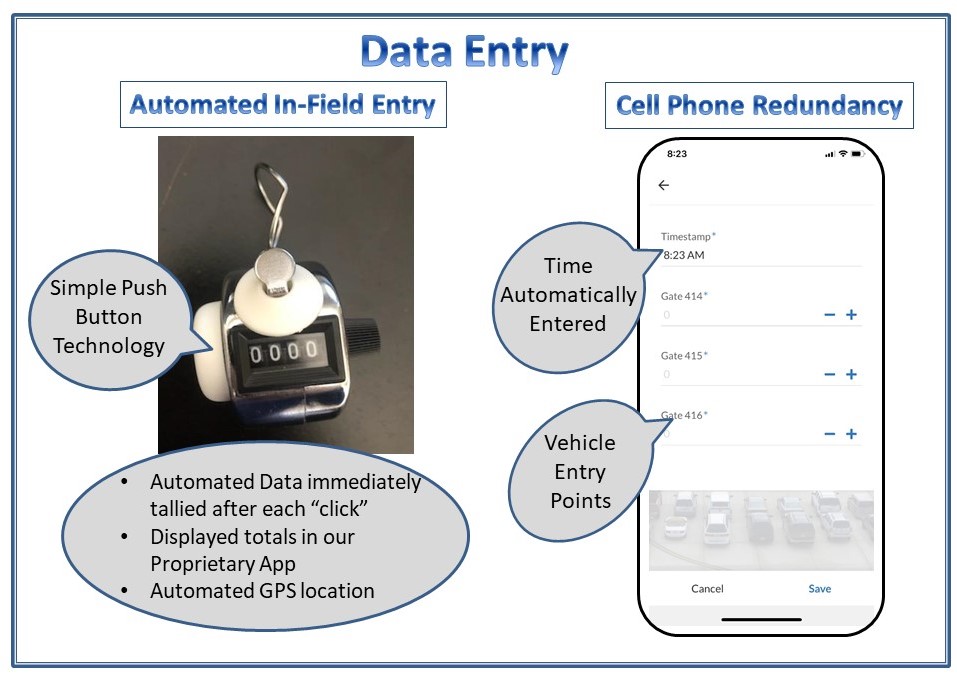
Kuy, kita bahas strategi promosi buat aplikasi tracking event kita. Ini penting banget buat ngedapetin user dan ngehasilin cuan! Kita perlu strategi yang jitu buat nge-reach target audience dan bikin konten yang menarik.
Strategi pemasaran yang tepat bakal ngebantu aplikasi kita dikenal dan dipake banyak orang. Kita perlu mikir cara ngebawa aplikasi ini ke level selanjutnya, dari yang cuma sekedar ide jadi aplikasi yang populer.
Promoting the App
Strategi promosi harus diarahin ke target audiens yang tepat. Kita perlu ngenal karakteristik mereka, kebiasaan, dan platform yang mereka pake buat ngebantu aplikasi kita dikenal dan dipakai.
- Sosial Media Marketing: Pake Instagram, TikTok, Facebook, dan grup-grup komunitas yang relevan. Buat konten menarik yang ngebahas fitur-fitur aplikasi, testimoni pengguna, dan kontes atau giveaway. Contohnya, bikin video singkat yang ngejelasin fitur utama aplikasi secara kreatif. Buat postingan menarik di platform sosial media yang sering dipake target audiens.
- Influencer Marketing: Kerja sama sama influencer di bidang event atau komunitas tertentu. Influencer bisa ngebantu ngebawa aplikasi ke audiens mereka dan ngebantu nge-review produk. Kita bisa kasih produk secara gratis buat influencer, dan ngasih kompensasi sesuai kesepakatan.
- Partnerships: Kolaborasi sama penyelenggara event, komunitas, atau perusahaan yang relevan. Ini bisa ngebantu nge-reach audiens yang lebih luas dan ngebantu ngebagiin aplikasi ke event yang penting.
- Paid Advertising: Iklan di Google, Instagram, atau platform sosial media lainnya. Target iklan harus jelas dan diarahin ke target audiens. Kita bisa pakai fitur targeting yang tersedia untuk ngebantu iklan kita terlihat oleh orang-orang yang tepat.
Compelling Content
Konten yang menarik dan informatif bakal ngebantu nge-promote aplikasi. Kita perlu ngejelasin manfaat aplikasi dengan jelas dan ringkas, dan ngasih contoh penggunaan.
- Highlight Features: Buat konten yang ngebahas fitur-fitur utama aplikasi secara detail, tapi tetap mudah dipahami. Pake contoh-contoh yang relevan dan visual yang menarik.
- Showcase User Testimonials: Tampilkan testimoni dari pengguna yang puas pake aplikasi. Ini bisa ngebantu ngebangun kepercayaan dan nge-persuade orang lain buat nyoba aplikasi ini.
- Educational Content: Buat konten yang ngejelasin cara kerja aplikasi dan manfaatnya. Contohnya, blog post atau video yang ngejelasin cara ngetrack event atau nge-share event.
- Create Engaging Visuals: Pake gambar dan video yang menarik dan berkualitas tinggi buat ngebantu nge-promote aplikasi.
Pricing Models
Kita perlu mikirin model harga yang tepat untuk aplikasi ini, sambil ngejaga keseimbangan antara harga dan nilai yang diberikan.
- Freemium Model: Offer versi gratis dengan fitur terbatas, dan upgrade ke versi premium untuk fitur lengkap.
- Subscription Model: Memberi akses ke fitur aplikasi dengan langganan bulanan atau tahunan.
- One-time Purchase: Model harga satu kali beli, bisa dipertimbangkan kalau aplikasi cuma ngasih fitur dasar.
Revenue Streams
Ada beberapa cara buat ngedapetin pemasukan dari aplikasi ini.
- In-app Purchases: Fitur tambahan, seperti akses ke data lebih detail atau fitur khusus, bisa dijual terpisah.
- Partnerships: Kerja sama sama sponsor event untuk nge-promosi produk atau jasa.
- Data Analytics: Jual data yang dikumpulkan dari pengguna ke pihak ketiga yang relevan. Tentu, dengan ngejaga privasi dan keamanan data pengguna.
Marketing Strategies
| Strategy | Potential Impact |
|---|---|
| Sosial Media Marketing | Meningkatkan kesadaran dan engagement pengguna |
| Influencer Marketing | Menjangkau audiens yang lebih luas dan membangun kepercayaan |
| Partnerships | Memperluas jangkauan dan kolaborasi yang menguntungkan |
| Paid Advertising | Meningkatkan visibilitas dan jangkauan cepat |
Final Thoughts
In conclusion, a well-designed mobile app for tracking events offers significant advantages for individuals and organizations. From its user-friendly interface to robust data management features, this app promises a seamless experience for event planning and execution. The detailed exploration of the various facets, from UI/UX design to technical implementation, provides a comprehensive blueprint for creating a valuable tool for a wide range of users.





